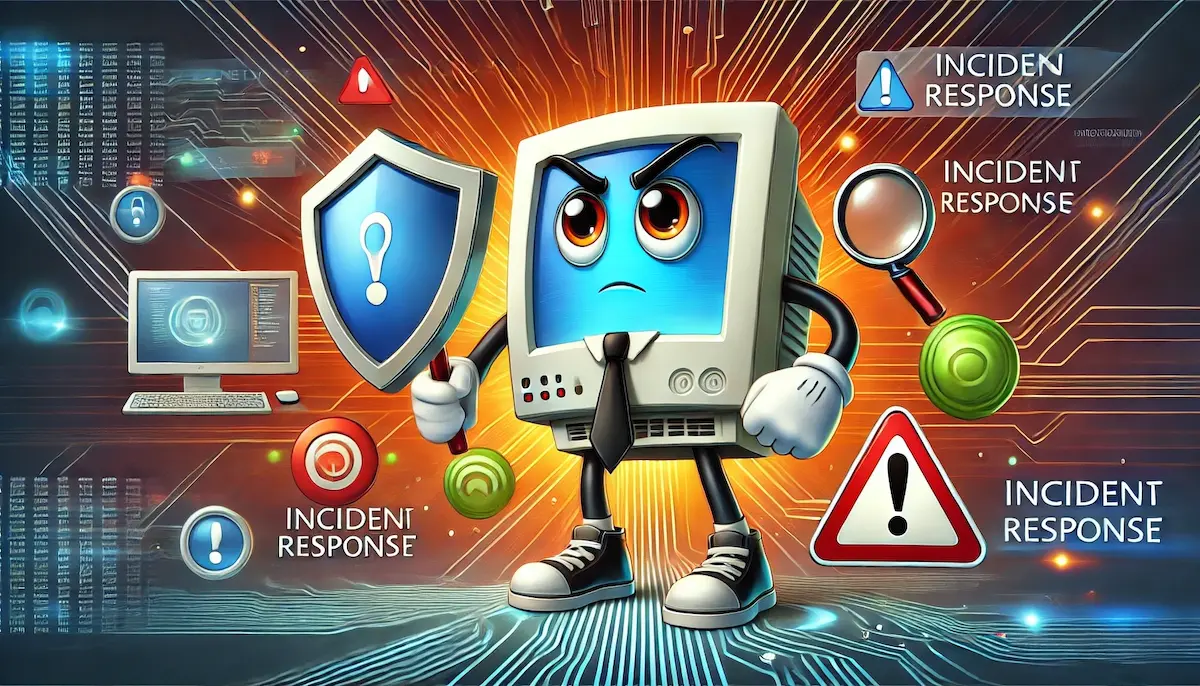In today’s digital age, where cyber threats are a constant concern, having a robust incident response plan is crucial for any organization. Incident response refers to the structured approach an organization takes to address and manage the aftermath of a security breach or cyberattack. This article will delve into the key aspects of incident response, its importance, and the steps involved in creating an effective incident response plan.
What is Incident Response?
Incident response is a set of procedures and policies that organizations implement to identify, mitigate, and recover from cyber incidents. These incidents can range from data breaches and malware infections to insider threats and denial-of-service attacks. The primary goal of incident response is to manage the situation in a way that limits damage, reduces recovery time and costs, and prevents future incidents.
Importance of Incident Response
Minimizes Damage
A well-structured incident response plan helps minimize the damage caused by cyber incidents. By quickly identifying and containing the threat, organizations can prevent further data loss, financial loss, and damage to their reputation.
Ensures Compliance
Many industries have regulations requiring organizations to have an incident response plan in place. Compliance with these regulations not only avoids legal penalties but also demonstrates a commitment to security and data protection.
Enhances Preparedness
Regularly updating and practicing incident response plans ensures that organizations are prepared for potential threats. This proactive approach can significantly reduce the impact of an incident when it occurs.
Steps in Incident Response
1. Preparation
Preparation is the foundation of effective incident response. This step involves developing and maintaining an incident response plan, establishing communication protocols, and training staff to recognize and report potential incidents.
2. Identification
The identification phase involves detecting and determining the nature of the incident. This step is crucial for understanding the scope and impact of the breach. Tools like intrusion detection systems (IDS) and security information and event management (SIEM) solutions play a vital role in this phase.
3. Containment
Once an incident is identified, the next step is to contain it to prevent further damage. Containment can be short-term, isolating affected systems to prevent the spread of the threat, or long-term, implementing measures to eliminate the root cause.
4. Eradication
Eradication involves removing the threat from the organization’s environment. This may include deleting malware, closing vulnerabilities, and strengthening security measures to prevent recurrence.
5. Recovery
The recovery phase focuses on restoring affected systems and services to normal operations. This includes ensuring that systems are clean, data integrity is intact, and normal business operations can resume safely.
6. Lessons Learned
The final step is a review of the incident and the response process. This involves analyzing what happened, how it was handled, and identifying areas for improvement. Lessons learned are documented and used to refine the incident response plan for future incidents.
Conclusion
Incident response is a critical component of an organization’s cybersecurity strategy. By being prepared and having a structured approach to handle incidents, organizations can effectively mitigate the impact of cyber threats. Blockfine thanks you for reading and hopes you found this article helpful.
